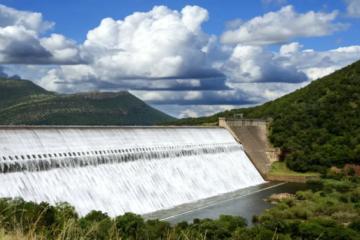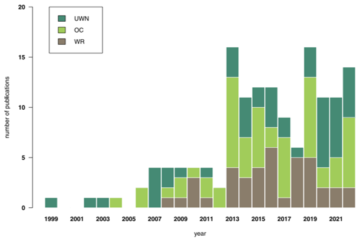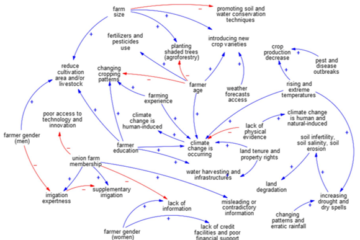A dynamic, network scale sediment (dis)connectivity model to reconstruct historical sediment transfer and river reach sediment budgets.
The eiLab led a study in collaboration with colleagues from the University of Padova and Macquarie University, for the development of a new dynamic sediment (dis)connectivity model, and its application for river basin study and management.
The result is the basin-scale, dynamic sediment connectivity model D-CASCADE, which combines concepts of network modeling with empirical sediment transport formulas to quantify spatiotemporal sediment (dis)connectivity in river networks. D-CASCADE accounts for multiple factors affecting sediment transport, such as spatiotemporal variations in hydrological regime, different sediment grain sizes, sediment entrainment and deposition. Add-ons are included in D-CASCADE to model local changes in river geomorphology driven by sediment-induced variations in features such as channel width.
In the study published in Water Resources Research, the model was applied to the well-documented Bega River catchment, NSW, Australia, where significant geomorphic changes to rivers have occurred
post European colonization (after 1850s), including widespread channel erosion and sediment mobilization. By introducing historic drivers of change in the correct chronological sequence, the D-CASCADE model successfully reconstructed the timing and magnitude of major phases of sediment transport and associated channel adjustments over the last two centuries.
Read more here: Tangi, M., Bizzi, S., Fryirs, K., & Castelletti, A. (2022). A dynamic, network scale sediment (dis)connectivity model to reconstruct historical sediment transfer and river reach sediment budgets. Water Resources Research, 58, e2021WR030784. https://doi.org/10.1029/2021WR030784
A simplified version of the D-CASCADE model is available at the GitHub repository: github.com/mtangi/DCASCADEmodel


